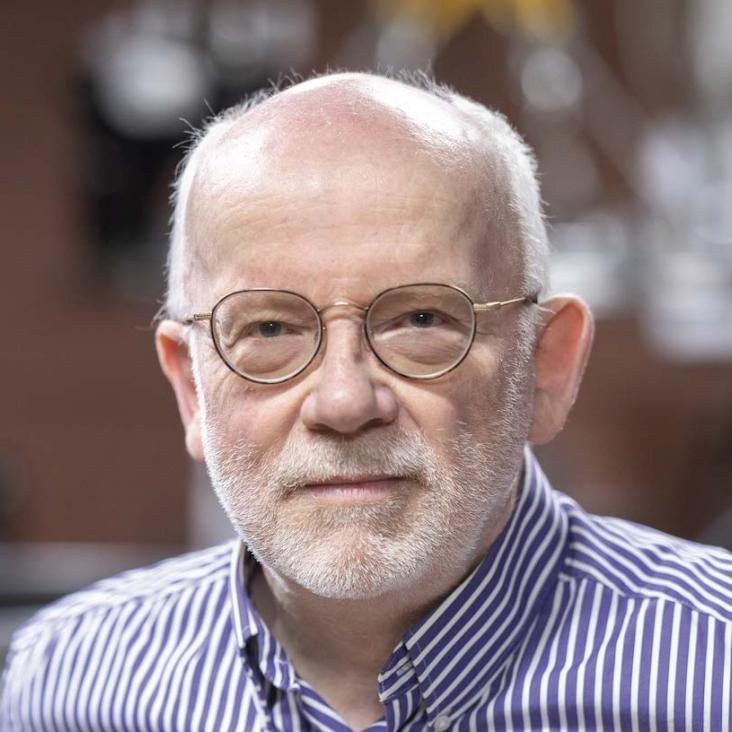Observing thermal Schwinger pair production
Physical Review A American Physical Society (APS) 99:5 (2019) 052120
A proposal to measure iron opacity at conditions close to the solar convective zone-radiative zone boundary
High Energy Density Physics Elsevier BV (2019)
The use of geometric effects in diagnosing ion density in ICF-related dot spectroscopy experiments
High Energy Density Physics Elsevier 30 (2019) 45-51
Abstract:
We describe a method to calculate the ion density of High Energy Density (HED) cylindrical plasmas used in Dot Spectroscopy experiments. This method requires only spectroscopic measurements of the Heα region obtained from two views (Face-on and Side-on). We make use of the fact that the geometry of the plasma affects the observed flux of optically thick lines. The ion density can be derived from the aspect ratio (height-to-radius) of the cylinder and the optical depth of the Heα-y line (1s2p 3P1 → 1s 2 1S0). The aspect ratio and the optical depth of the y line are obtained from the spectra using ratios measured from the two directions of emission of the optically thick Heα-w line (1s2p 1P1 → 1s 2 1S0) and the ratio of the optically thick to thin lines. The method can be applied to mid-Z elements at ion densities of 1019 − 1020 cm−3 and temperatures of a the order of keV, which is a relevant regime for Inertial Confinement Fusion (ICF) experiments.Ultrafast imaging of laser driven shock waves using betatron x-rays from a laser wakefield accelerator
Scientific Reports Nature 8 (2018) 11010
Abstract:
Betatron radiation from laser wakefield accelerators is an ultrashort pulsed source of hard, synchrotron-like x-ray radiation. It emanates from a centimetre scale plasma accelerator producing GeV level electron beams. In recent years betatron radiation has been developed as a unique source capable of producing high resolution x-ray images in compact geometries. However, until now, the short pulse nature of this radiation has not been exploited. This report details the first experiment to utilize betatron radiation to image a rapidly evolving phenomenon by using it to radiograph a laser driven shock wave in a silicon target. The spatial resolution of the image is comparable to what has been achieved in similar experiments at conventional synchrotron light sources. The intrinsic temporal resolution of betatron radiation is below 100 fs, indicating that significantly faster processes could be probed in future without compromising spatial resolution. Quantitative measurements of the shock velocity and material density were made from the radiographs recorded during shock compression and were consistent with the established shock response of silicon, as determined with traditional velocimetry approaches. This suggests that future compact betatron imaging beamlines could be useful in the imaging and diagnosis of high-energy-density physics experiments.Production of photoionized plasmas in the laboratory with x-ray line radiation
Physical Review E American Physical Society 97:6 (2018) 063203


